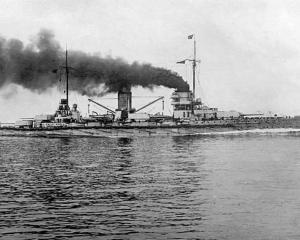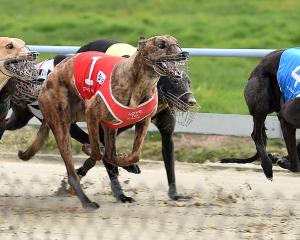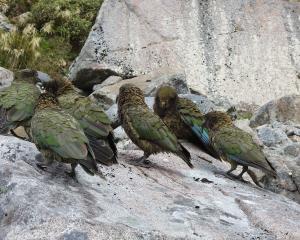Sir David Skegg (ODT, 10.4.14) quite justifiably took issue with the degraded state of the nation's waterways and contended that maybe it is time constraints should be placed on further growth of dairy farming.
Sir David is, unfortunately, falling into the trap of addressing the consequences of a problem and not the cause.
The problem is not primarily farming, as the great majority of farmers do take care to be compliant with all regulations, but equally they do no more than the law requires.
Our rivers are degrading because our institutions tasked with managing those effects are failing in their duties.
Under Section 30 of the Resource Management Act, the function of regional councils is defined as being ''control of the use of land for the purpose of soil conservation, the maintenance and enhancement of the quality of water in water bodies and coastal water, and the maintenance and enhancement of ecosystems in water bodies and coastal water''.
Sir David's comment clearly and accurately indicates the quality of our waterways and aquatic ecosystems is definitely not being ''maintained and enhanced'', which can only mean our regional councils have, after two decades of trying, clearly failed to exercise effectively these functions.
Sir David's position on further intensification of farming is also wanting.
Some of the largest and most intensively managed farms have the least impact on the environment.
There are 3000-cow dairy farms with less impact than a sheep farm of the same land area, while there are 300-cow properties farmed in the traditional manner on land that is marginal for dairy farming that cause significant environmental harm yet are not in breach of any provision of a regional plan.
To put the issue of further agricultural intensification into perspective, a comparison between the Netherlands and Southland is illuminating.
The Netherlands is roughly the same land area as Southland (34,000sq km).
Southland has a population of 100,000 and about 600,000 cows and an annual agricultural production with a value of about $2 billion.
The Netherlands, in contrast, has a population of 16 million and a dairy herd of 1.5 million cows (it used to be 2.5 million but got reduced in the 1980s to contain the environmental damage).
The Netherlands produces $55 billion in annual agricultural and horticultural production.
It produces 20 times as much revenue from the same land areas as Southland.
It gets seven times the milk production from a little over twice the number of cows.
It does this with very tight environmental regulations, and because of this it farms far more scientifically and responsibly than we do in New Zealand.
It would not be difficult to double New Zealand's dairy production while at the same time reducing the adverse consequences to a 10th of their existing level.
There are farms in in New Zealand doing this already, and not unsurprisingly many of these are farmed by Dutchmen.
And we can do it ourselves, unfortunately just not in New Zealand.
In China, Fonterra owns farms carrying 135 cows to the hectare rather than the three per hectare here.
The cows on these farms produce twice the volume of milk per cow as the typical cow on a Kiwi farm.
Fonterra has model farms and training programmes for Chinese farm staff but sadly it doesn't in New Zealand.
Our dairy farming industry is three decades behind the European dairy industry both in on-farm technologies and productivity and environmental practices.
Fonterra is doing a great job of developing the dairy industry in China and is transferring our best genetics and technology to China for little profit but it is not doing the same in its own back yard.
It is vital to the future of both our environment and our economy the issues and opportunities presented by dairy farming (or any more intensive use of the land) are addressed creatively, rather than reactively as Sir David has done.
It is quite possible to more than double our agricultural GDP and it is just as possible to greatly reduce the environmental impacts of farming - it just needs effective regulation, better professional support for farmers and leadership and vision on the part of our politicians at both the regional and national level for it to happen.
We are not regulating our land effectively, nor are we using it wisely.
This needs to change, and this change requires leadership from the top.
• Ciaran Keogh is a former chief executive of the Southland Regional Council.












